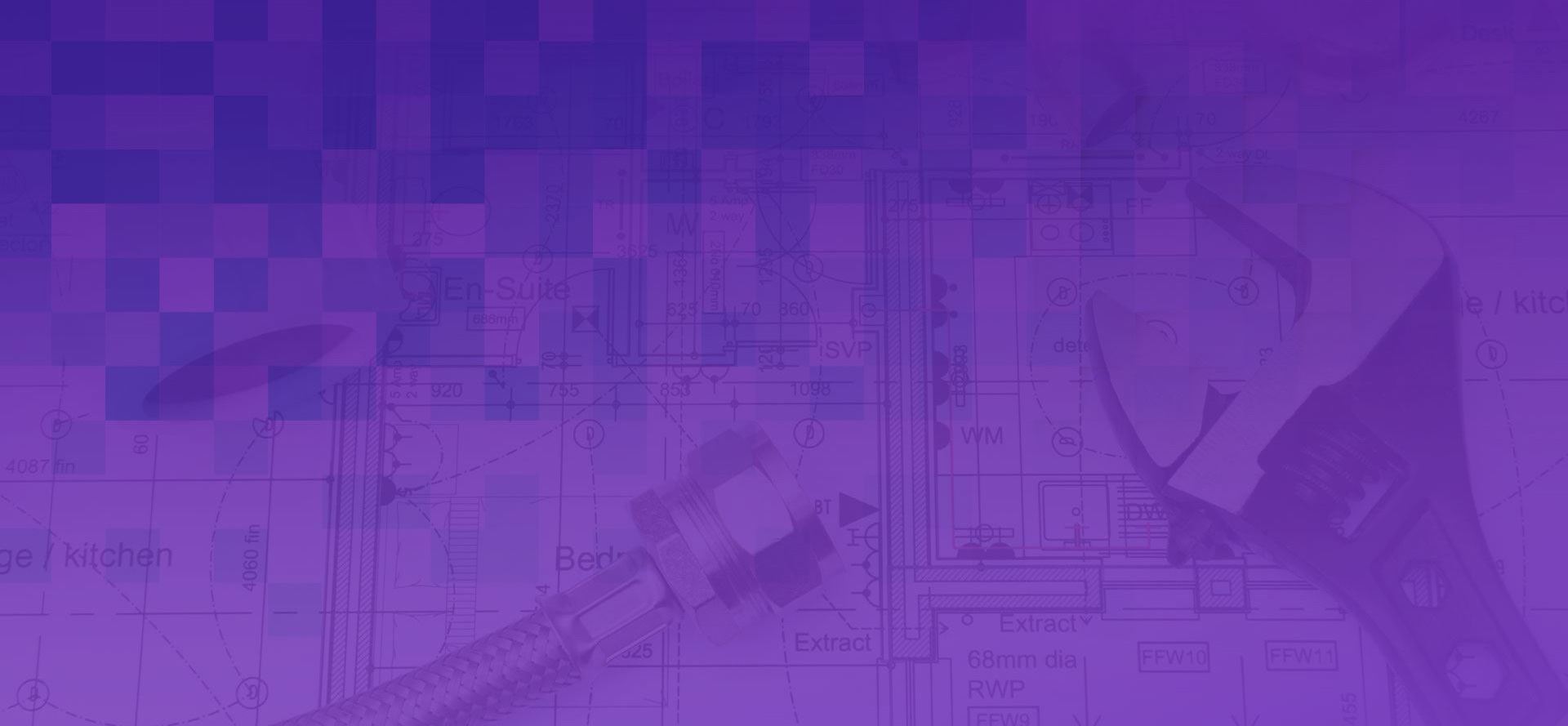When a plumbing emergency strikes, it can be a stressful and overwhelming experience. Whether it's a burst pipe, a sudden leak, or a clogged drain, knowing what to do before the professionals arrive can mitigate damage and save you money. In this guide, we'll walk you through the essential steps to take during a plumbing emergency.
1. Turn Off the Water Supply
The first step in any plumbing emergency is to stop the flow of water. Locate your main water shutoff valve—typically found near the water meter or where the main water line enters your home—and turn it off. This action will prevent further water damage and give you time to assess the situation.
For Fixtures: If the issue is localized to a particular fixture (like a sink or toilet), you can usually find a shutoff valve beneath or behind the fixture itself. Turning this valve off will isolate the problem while still allowing water to flow to other parts of your home.
2. Turn Off the Water Heater
If your plumbing emergency involves hot water, you should also turn off your water heater. For electric water heaters, switch off the power at the breaker box. For gas models, turn the gas valve to the "off" position. This step prevents damage to the heater and reduces the risk of scalding.
3. Address Small Leaks
While waiting for the professionals, you can address small leaks with temporary fixes. Use plumber's tape or rags to wrap the leak and contain water flow temporarily. Buckets and towels can also help manage small leaks and minimize water damage to floors and walls.
4. Clear Out Drains
If you’re dealing with a clogged drain, try using a plunger to clear the blockage. Avoid using chemical drain cleaners; these can damage pipes and create hazardous conditions for plumbers. A plunger or a plumber’s snake can often provide temporary relief until a professional can perform a thorough cleaning.
5. Assess and Document the Damage
Take note of the affected areas and the extent of the damage. Document everything with photos and videos, which can be useful for insurance claims. A detailed account of the situation will also help the plumbing professionals understand the problem and prepare for repairs.
6. Remove Standing Water
To prevent mold growth and further damage, remove as much standing water as possible. Use mops, towels, and wet/dry vacuums to dry out affected areas. Proper ventilation, such as opening windows and turning on fans, can also accelerate the drying process.
7. Notify Your Insurance Company
If the damage is significant, contact your homeowner's insurance provider. Inform them about the emergency and start the claims process. Many policies cover water damage from plumbing issues, so it’s essential to get the ball rolling as soon as possible.
Call Knight Plumbing, Inc. for Professional Help
Plumbing emergencies are never convenient, but taking these steps can help minimize damage and stress. Once you've managed the immediate situation, it's crucial to contact experienced professionals to handle the repairs.
At Knight Plumbing, Inc., we specialize in prompt, reliable emergency plumbing services. Our skilled technicians are equipped to tackle any issue, ensuring your home's plumbing system is restored quickly and efficiently. Don't wait—reach out to Knight Plumbing, Inc. today for the expert assistance you need!
Contact us now to schedule a service or learn more about our comprehensive plumbing solutions. Your peace of mind is just a call away.

.2406041401320.jpg)